Why are Q-Switched Lasers Treatment for Birthmark Removal?
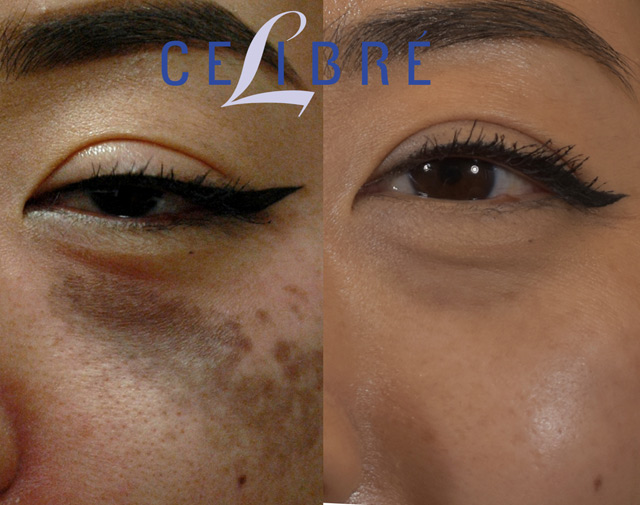
Exploring Q-Switched Lasers for Birthmark Removal If you have a brown birthmark, you’ve probably heard of q-switched lasers. But you may not realize that this is not a specific type of laser or the name of a single laser. Rather, q-switching refers to the way a laser delivers light energy to the skin. Q-switched lasers […]
How Is Poikiloderma Treated

View All Blogs Poikiloderma is a term that is used to describe sun damage (photo-aging) on the face, neck, and chest. This skin condition is represented by red and brown discoloration and also a slightly rough texture in the sun exposed areas of the neck and chest. The redness is a result of superficial vascularity […]
How Do I Set My Goals if I’ve Decided to Have Laser Treatment?
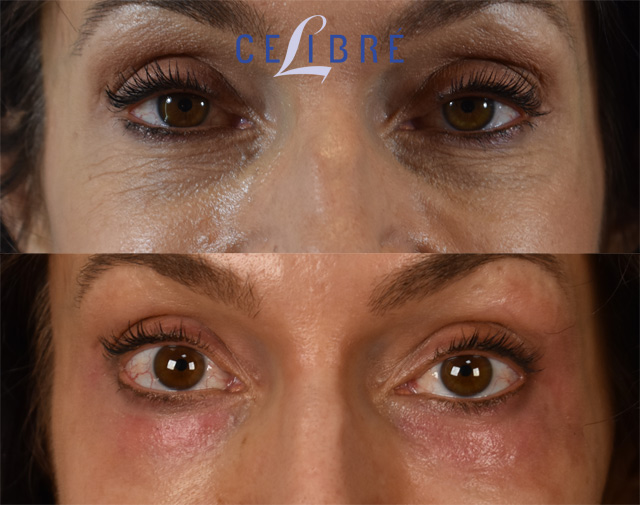
Laser Treatment Success: The Collaborative Journey On the practitioner’s side, various factors affect the delivery of laser treatment care, including communication style, training, experience, time constraints, empathy, and teaching skills. Similarly, on the patient’s side, basic health habits, existing health conditions, the ability to follow instructions, motivation to improve, and psychological health all play a […]
Spider Veins or Varicose Veins: What’s the Difference?
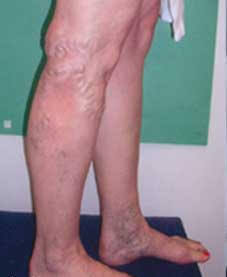
If you’re confused about the terminology of leg veins, you’re not alone. Many people use the terms spider veins and varicose veins interchangeably, but the truth is that they mean very different things. If you think of the veins in your legs like a tree, you have very large vessels deep inside your leg that […]
How Do Lasers Help with Brown Stretch Marks?
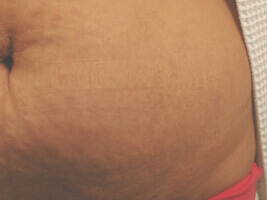
Are you living with unwanted, embarrassing stretch marks? This difficult condition is all too common and unfortunately, can affect anyone. Both men and women suffer with stretch marks; often they appear at vulnerable times in our lives like during puberty or pregnancy. But if you’re suffering with stretch marks, there is help. Typically, stretch marks […]
Can Lasers Help Discoloration, Red and Brown Spots?
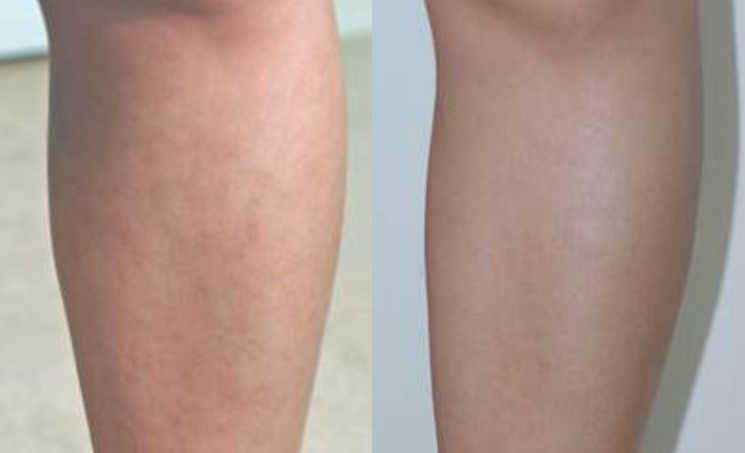
Does your skin tell the story of recent injuries? If every bump, bite, nick, burn or scrape leaves behind discoloration that lasts weeks, months or years, then you’re likely revealing more about yourself to others than you’d like. Traumatic hyper-pigmentation is the medical term that’s used for scars that get darker as they heal. It’s […]
Erbium Laser Resurfacing
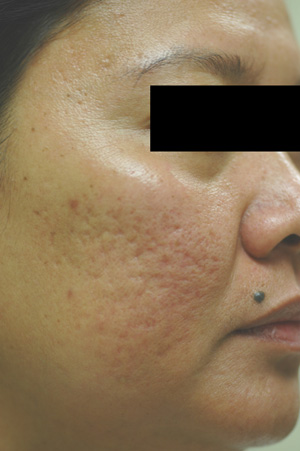
If you’ve been researching fractional laser resurfacing, no doubt you’ve come across a variety of new terms. It can be confusing to understand the options available to you and what they do, let alone choose which one may be best. We’ll talk a bit about fractional erbium resurfacing here to help shed some light on […]
What’s The Best Laser For Hair Removal
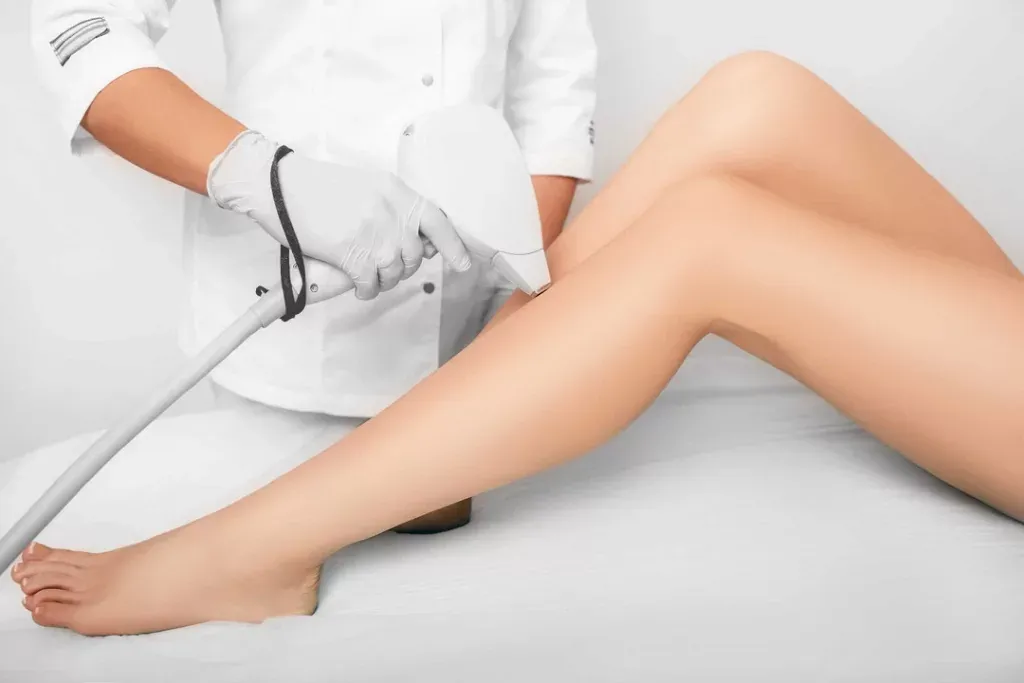
Types of Lasers for Permanent Hair Removal: Generally speaking, there are four types of commonly used lasers for permanent hair removal. Diode Lasers (810 nanometers) Alexandrite (755 nanometers) Yag, Nd:Yg (1064 nanometers) IPL, Intense Pulsed Light (400-800 nanometers) Which is the best TYPE laser for me? Having performed tens of thousands of laser hair removal […]
Fractional Laser Resurfacing for Forehead Scars
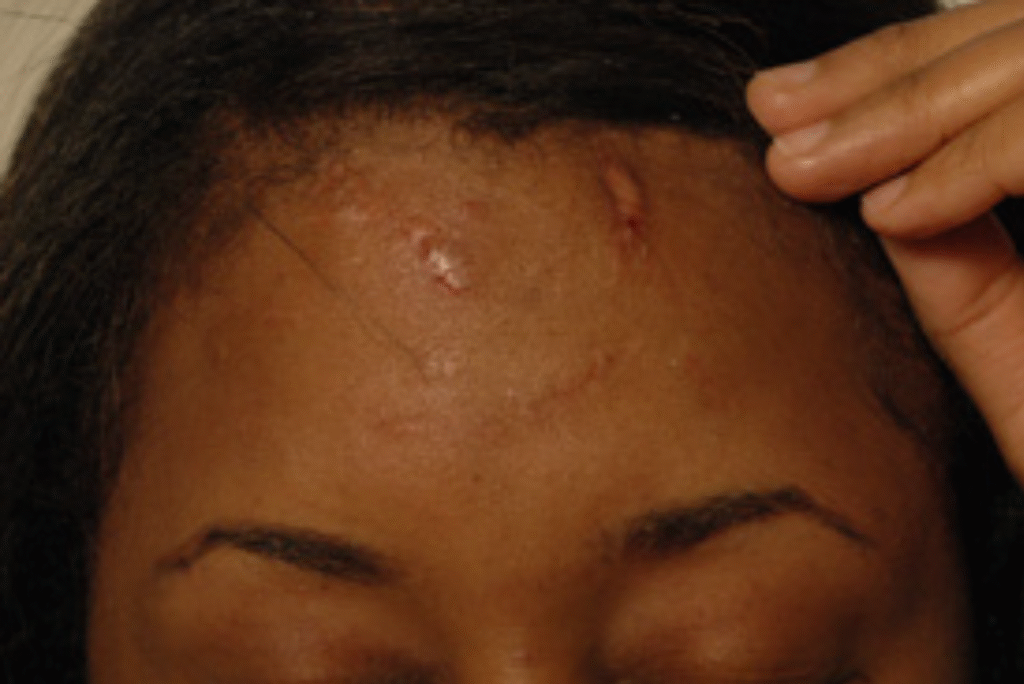
Accidents happen. We see several patients weekly who come to us asking for help reducing the appearance of traumatic scars from caused by injuries or accidents. Surprisingly, there is little expertise out there for treatment of these types of scars. Until 2010, we had limited options to help people improve their scars! We started performing […]
Laser Treatments for Different Skin Types
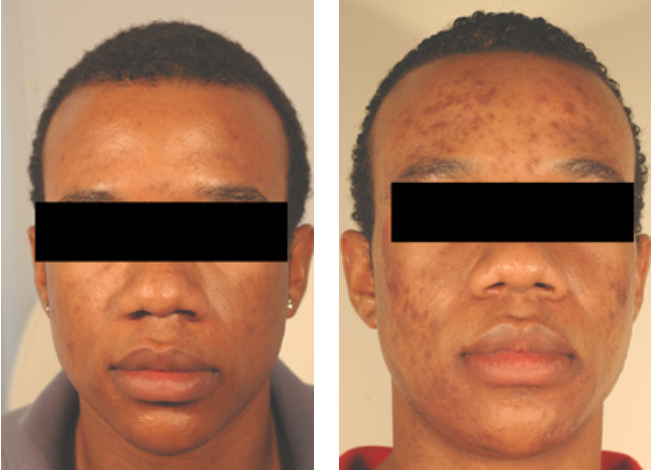
Do you know your skin type? It’s okay if not as most of us don’t, but if you’re considering laser treatments, it’s a very important question. Let’s ask it another way: do you burn when you’re in the sun? If you answered yes, then you most likely have type I or type II skin. If […]
What Are the Best Lasers for Tattoo Removal?
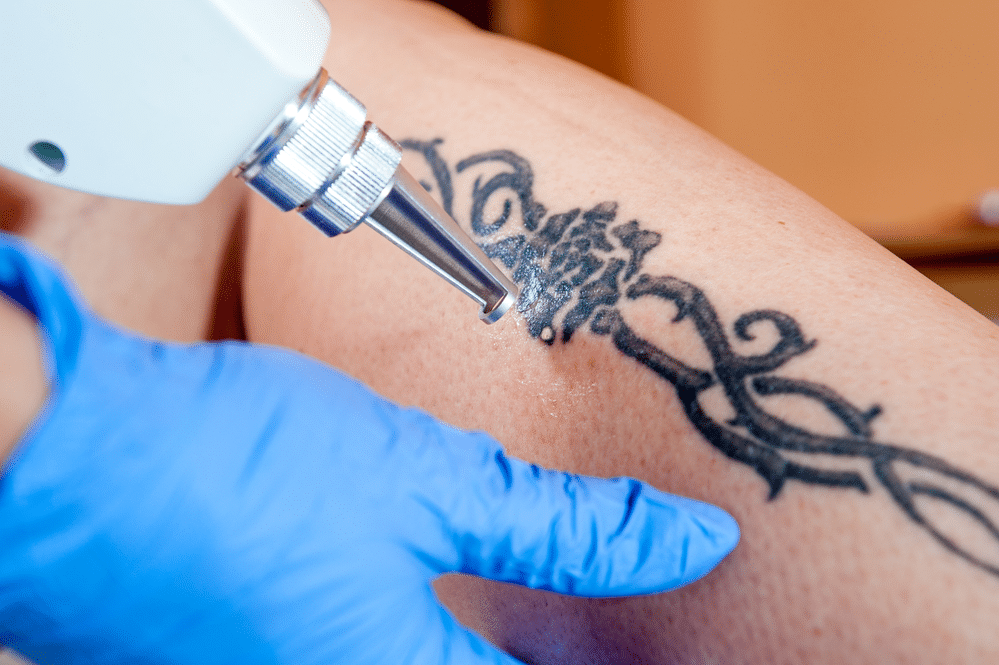
It’s never been easier or more socially acceptable to have a tattoo than today. Everywhere you look from professional athletes and celebrities to doctors, lawyers and teachers, you can find people from all different walks of life with one. And while many people choose tattoos to commemorate or celebrate something near and dear to them, […]
Why Does Celibre Medical Choose Lasers Over IPLs?
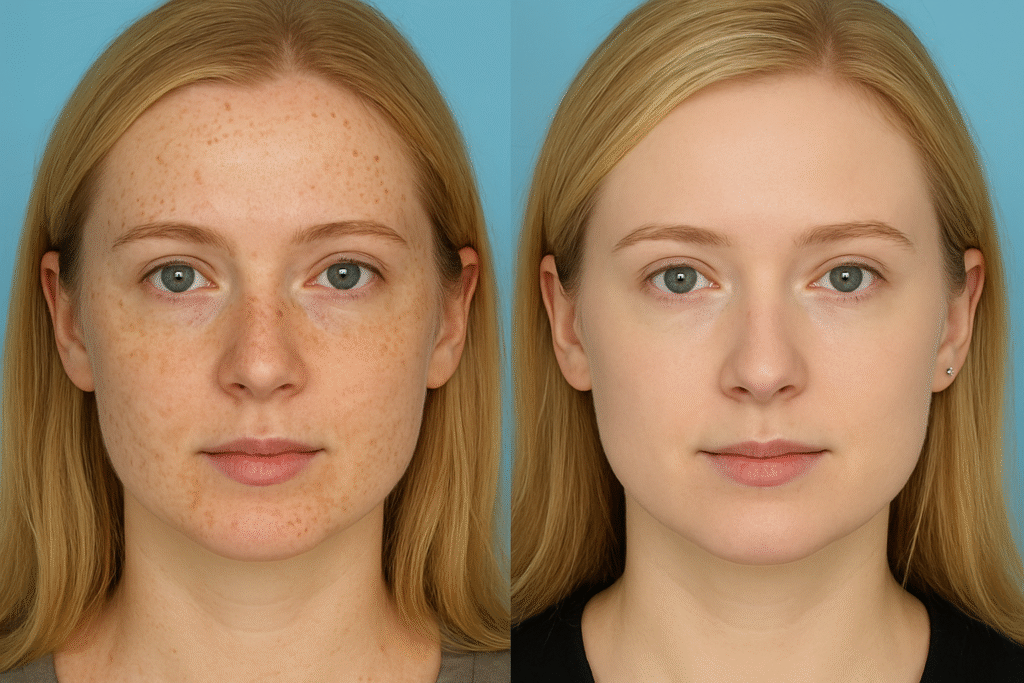
Don’t get us wrong. We use IPL and think that it definitely has a place at our laser practice. However, we wanted to address the issue (or confusion) around whether an IPL is the same as a laser. It’s not. So, if you want laser treatment, then you shouldn’t have an IPL. They are apples […]
Can My Keloid(s) Be Treated with Lasers?
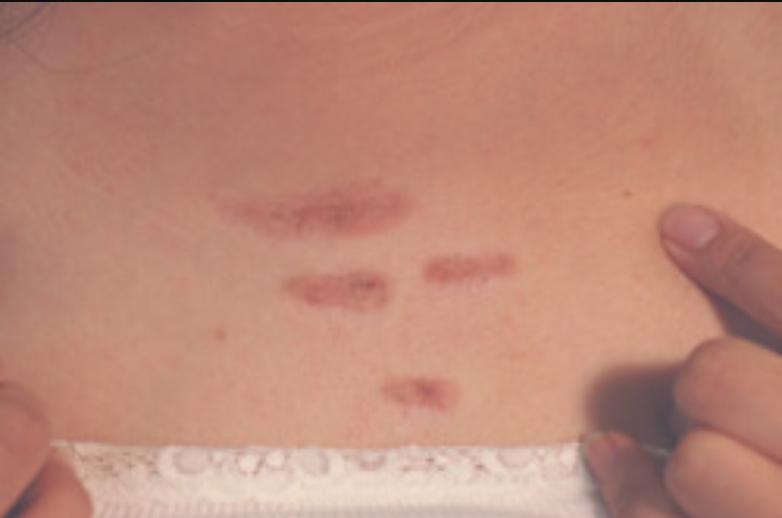
Scarring is a difficult problem to both have as a patient and to treat as a practitioner. If you’re suffering with one or more unwanted scars, we feel for you. Much like any other health condition, yours is unique. The look of your scar(s) is different from everyone else’s; so is your treatment plan and […]
Which Lasers Remove Age Spots?
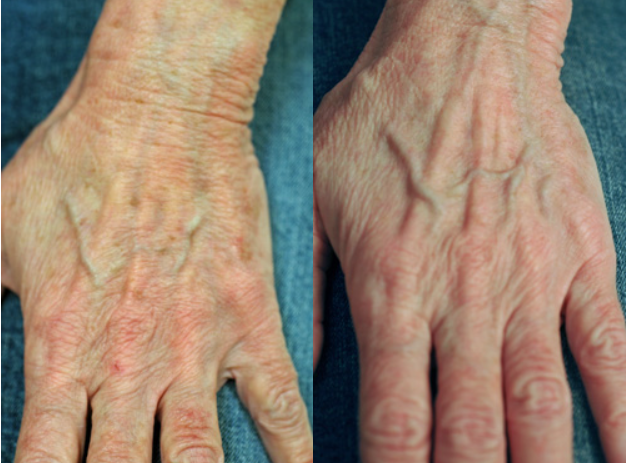
Unveiling the Best Lasers for Age Spot Removal Many patients view lasers as a “cure all” for their skin condition. While laser technology has certainly come a long way in the past several years, this idea is simply not true. Unless you know what to look for, your expected results could fall short. At Celibre, […]
What are the Potential Side Effects of Laser Hair Removal?
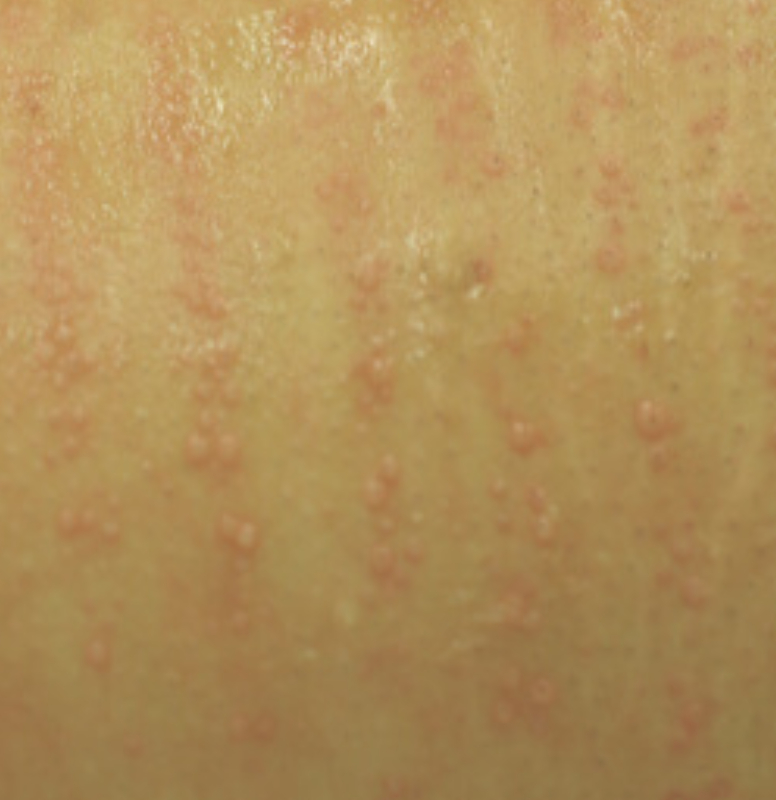
Are you considering laser hair removal, but are hesitant because you’re worried about side effects? That’s okay! We understand and we want you to know that even though it seems like laser hair removal is done everywhere by everyone, it’s good to have a healthy respect for it and a tiny bit of concern too. […]
